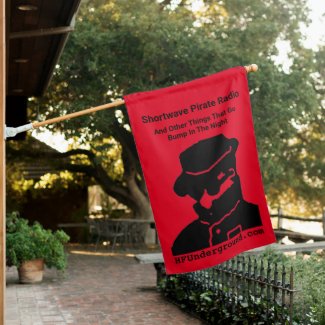I'm not real fond of the meandering drive clock trace. You could wind up with a propagation delay issue where the far end fets are being turned on and off slightly after the close in fets. This can cause an overlap issue which will hurt your efficiency.
It appears as if your using through-hole parts in dead bug style construction for your bypass capacitors and loading resistors. Is this correct? I would use smt chip caps and resistors for this, less stray L, better bypassing and less opportunity for noise pickup.
+-RH
I see what you mean and if I ever do another board, I will try that.
But anyway, I don't think that is causing the problem.
My mind is really blown by this problem.
I tried direct driving the FETs with a signal generator and they seem to work. I guess they could be partially damaged or something, but I hooked up each pair and despite the signal generator not giving them their full drive, each pair made about 30W at 13.5V which makes me think they are probably not busted.
The condition when the problem happens is only with input drive to the drivers regardless of if the FETs are powered or not.
I looked at the scope and the waveforms entering the drivers are a little warped, but decent (probably just my cabling). The waves coming out of the drivers are not amped though; they are much less voltage (like 1V or so). They are clearly not working right. Now is it because my circuit is wrong or something with the FETs, I don't know.
My only thought at this point is to remove all the FETs (which will kill them in the process given my design) and power the drivers with no FETs attached. I really don't see what could be wrong with them though and why almost all of them have failed even though they are new.
None of this makes much sense. I have them wired directly to the FETs with no resistor, but I see stretchy and others do the same. I am using the same combination of FET and driver also. I don't see what else there is other than I just got bad parts. I see stretchy, you put a cap in series with the input pin of the driver. Could it be that?






